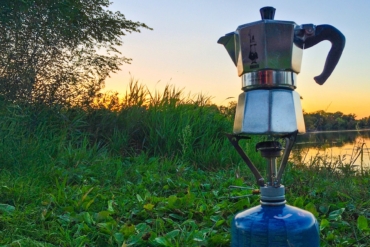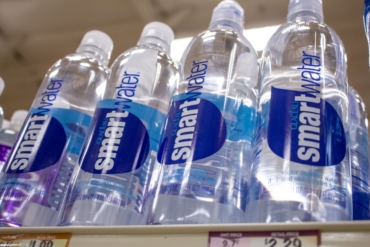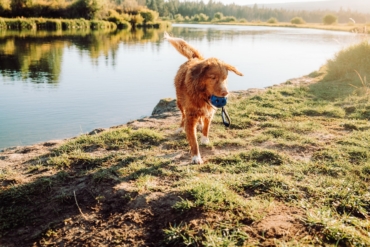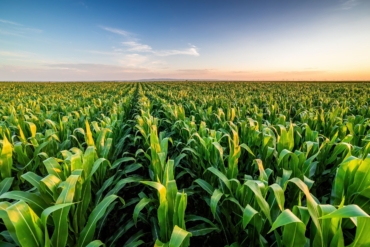It was 20 years ago this fall — November 17, 1990, to be precise — when Gary Erickson started to bonk on the long bike ride up Mount Hamilton in Santa Clara County, Calif. He had six energy bars with him for the day, a stash of calories and fuel he’d hoped would be enough for a 175-mile endurance fest concocted by a friend and fellow bike racer to be completed in a single day. But nearing the top on Mount Hamilton — legs spinning, body beginning to crash — Erickson could not stomach another bite of the bar he had in his jersey pocket. “That was the ‘epiphany moment,’ as I’ve come to call it,” Erickson said.
He didn’t know it at the time, but that single bar’s bad taste in 1990 would spark a realization with Erickson — “I can create a better-tasting energy bar!” — that was so strong it led to the formation of a company.

Clif Bar Inc. was born in 1992, an upstart based out of a bakery Erickson ran and co-owned in Berkeley, Calif. The company blended his skills as a baker with knowledge of what’s needed on the nutritional level to succeed in an endurance event.
Today, Clif Bar & Company employs more than 200 people and produces a line of energy bars, gels, drink mixes, and kids’ snacks. I caught up with Erickson last week for an interview to talk nutrition and the future of the energy-food world.
The ride in 1990 was really the key thing to starting Clif Bar?
Yes, I think about it to this day. I didn’t realize until a time much later after the ride, but that moment was really crucial. Now I think “What if I hadn’t gone riding that day?” I wonder if I hadn’t biked that route if Clif Bar would have ever come to be.
What are some common fallacies people have about energy food as a whole?
It’s evolved over the years. Here’s one thing: At first, when I was a hardcore climber, I would try and pass out Clif Bars at the crag to these uber-thin sport climbers. They’d see the fat content in our bar, which at the time was one gram more than what was in a PowerBar, and that was too much. They didn’t want to eat it because of one extra gram! But today people understand more that fat is needed for endurance. There are healthy fats. Another long-term trend or change is that there used to be only energy bars and energy/electrolyte drinks. Now there is this whole growing center of energy gels and things like gummy CLIF SHOT BLOKS that are so important. It’s becoming mainstream.

Can you give an outline for your optimal nutrition plan for a century bike ride [100 miles]?
A good breakfast. Then I would take two CLIF SHOT energy gels about 10 minutes before the event starts. During the ride, every 20 minutes or so, I eat two or three CLIF SHOT BLOKS. I try and eat 200 to 300 calories an hour. Then every couple of hours I’d eat a CLIF BAR and load up the calories a bit more. At the end of the race I start eating caffeinated CLIF SHOT gels for more of a boost. I take CLIF SHOT Electrolyte Drink throughout the ride, though I add in about an extra 1/4 teaspoon of salt to get the higher sodium content that I personally need.
How much sodium do you recommend athletes take in competition?
I was tested. I cramp up a lot, so I went in and got a formal test done. The doctor said I should try and take in about 2000mg of sodium per hour during events like the Ironman. It seems really high, but it worked. I did an Ironman in Florida, a hot race, and I did not cramp up. I also “sodium load” for three days before an event.
I try and take in 1000mg of sodium per hour during longer endurance events. Even that sounds high, but it works for me. OK, next question: What is the future of the energy-food category?
Chewable, gel-like blocks are big right now like SHOT BLOKS. Kids stuff is growing. Our kids bar line is growing like a weed for us. Some companies are experimenting with supplement-type ingredients. Clif stays more with whole foods and simpler, organic ingredients. On the consumer level, people are straying from candy bars. There’s a trend toward “portable nutrition,” which energy bars can play into. Another point: Product packaging or “delivery” [into the mouth] is still an issue. There will likely be better packaging systems developed to make energy food easier and quicker to eat while active.

What could the industry do differently or better?
The sodium-to-sugar ratio in many energy food products is skewed. There needs to be more sodium in products and less sugar. Price is also an issue. There are some bars now that are over $3 each from other companies. That is out of reach to many consumers. Also, the industry could do better and offer more organic options to the mainstream.
Any goals for Clif in 2011 and beyond?
We just opened a new company headquarters. It’s a dream come true. As far as personally, I hope to continue to work hard and play hard as I always have. We call it the “pro leisure circuit” sometimes. I travel hard, race hard, work really hard, and just enjoy life.
—Stephen Regenold is founder and editor of www.gearjunkie.com.





